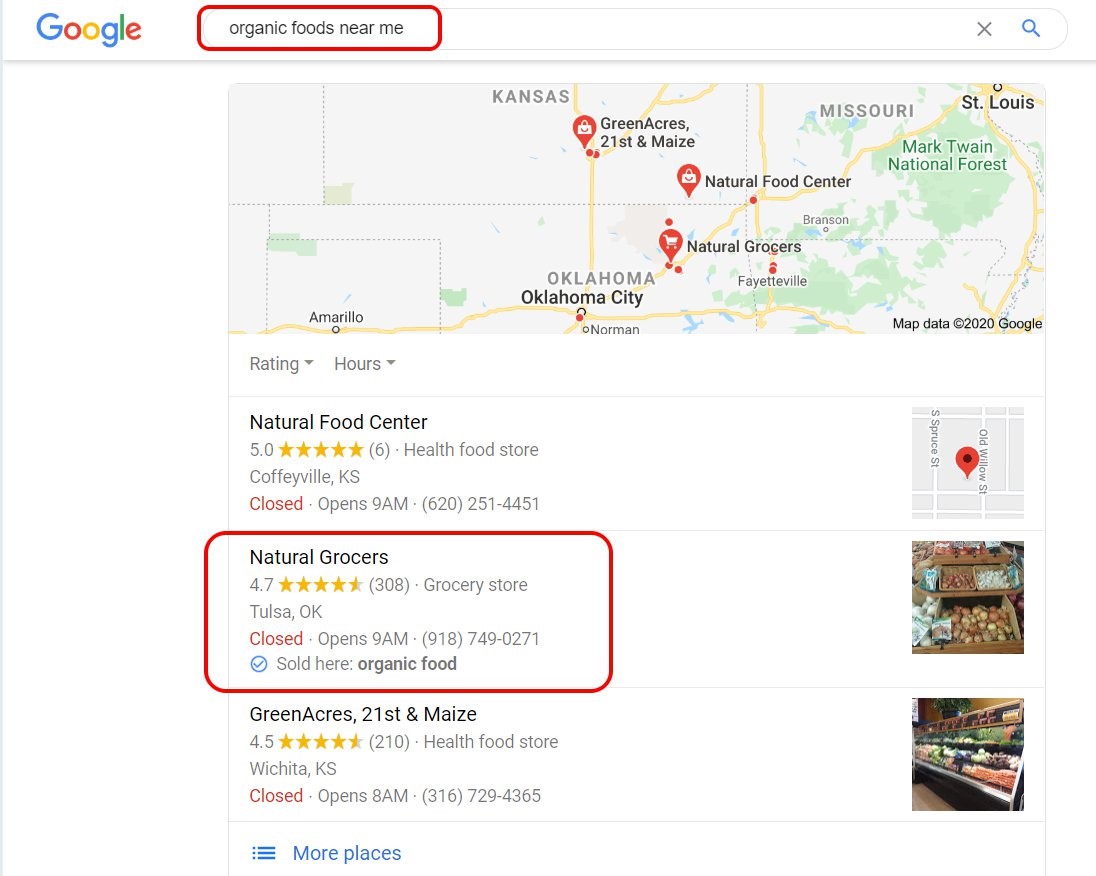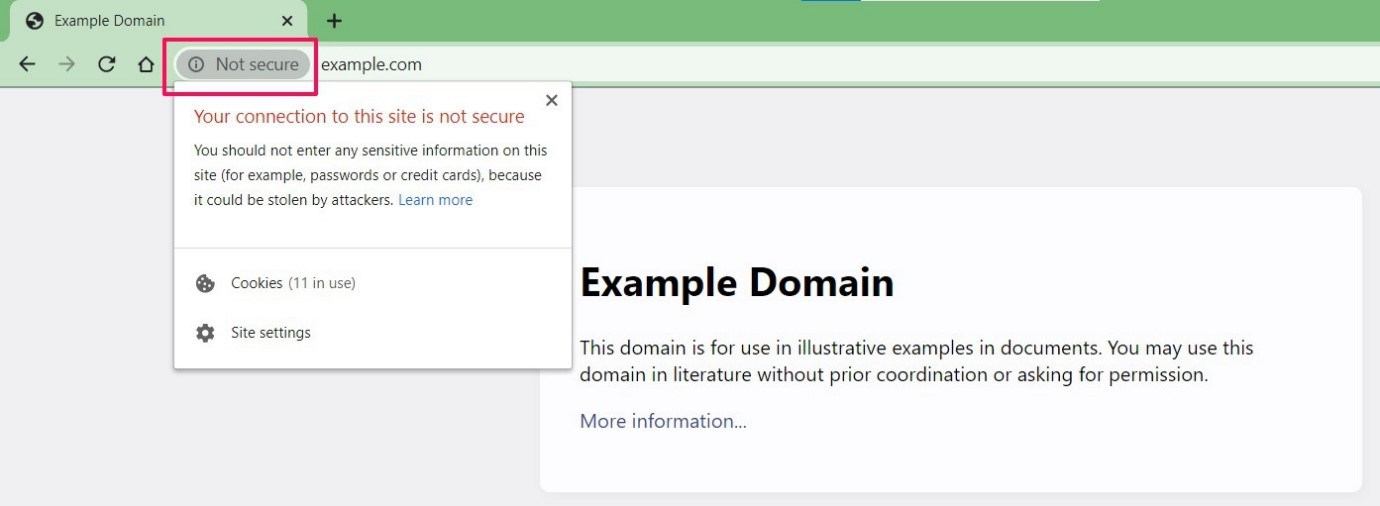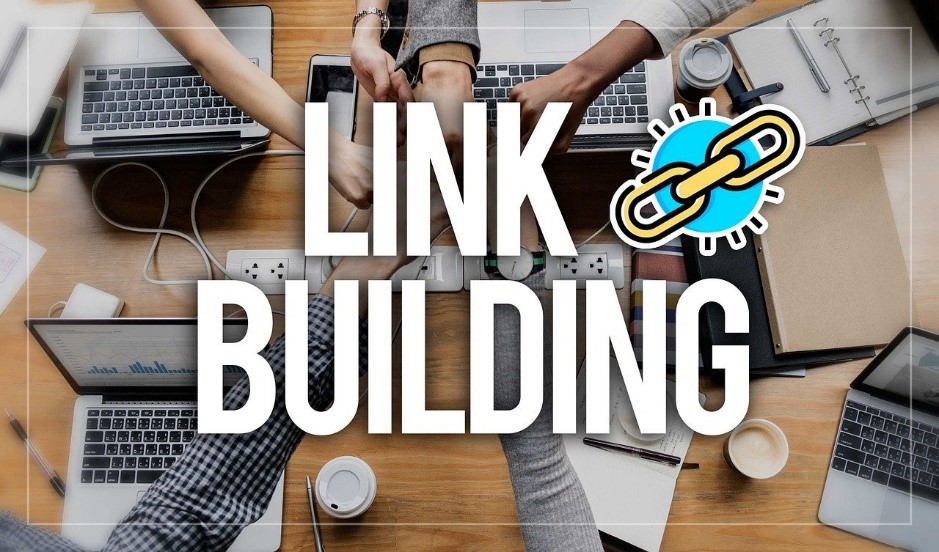Top 10 Ways From Semalt To Make Google Love Your Site
Table of Contents
- How can Google Love my Website?
- What is SEO?
- How Can You Make Google Love Your Site?
- Final Words
Make Google love your site is a phrase commonly used for ranking a website on the first page of Google search results.
A higher rank on SERPs (Search Engine Result Pages) helps website owners in many ways. For example, a top-ranking blog means it’ll gain popularity and traffic, and a top-ranking website of any business means it’ll become famous and attract more traffic as well as potential customers.
How can Google Love my Website?
Today, it is not just a question but one of the biggest worries of every website owner/ digital marketer/ webmaster or anyone else concerned about enhancing the rank of a site.
Eventually, the answer to this question lies in the term SEO (Search Engine Optimization). A perfectly optimized site not only tops the list of search results but also helps in achieving your objectives.
What is SEO?
After realizing that SEO helps in improving the rank of a website, it’s apparent that you want to know more about SEO.
SEO, Search Engine Optimization, is the process of making different types of adjustments to a website so that it ranks higher on the search results page of Google.
When your website is optimized according to Search Engines, it helps people identify your business when they search for products, services, and other things relevant to it.
Suppose that you run an organic foods store, Natural Grocers, and want people to find it when they Google ‘organic foods near me.’ For this, you should employ different SEO strategies that boost your venture’s website towards the search term ‘organic foods near me.’

There are more than 200 ranking factors Google uses to evaluate a website. It is not easy for an individual to optimize a website considering all factors. This complexity and lack of SEO knowledge have given birth to reliable automatic website optimization solutions.
How Can You Make Google Love Your Site?
Below are some of the best SEO practices which, when followed, make Google love your site. Let’s understand them one by one.
1. Enticing Title Tags
Title tags let Google know about what you are dealing with and drive more traffic towards your website. When users search for something in Google, they prefer clicking on the links that look useful and attractive.

Users see the title tag as the first thing when they learn about your site in search results. Make sure it is understandable to your visitors, and contain relevant keywords.
2. Compelling Meta Descriptions
A meta description is the second thing users see because it is the text you see just below the title of a website in search results. Well-written meta descriptions give users an idea about the content of a webpage and let them decide whether to visit the site or not.

Make sure meta descriptions of your webpages describe them accurately and contain relevant keywords. There are many tutorials on the internet that can guide you to write perfect meta descriptions.
3. HTTPS, not HTTP
The difference between HTTP and HTTPS is of a single letter S (realize it as secure or security). However, HTTPS is good when the objective is to rank a website on the first page of
Google search results.

Google also labels HTTP websites as insecure, and it leads to a decrease in the traffic or/and increase in the bounce rate. When visitors discover they are accessing an insecure site, most of them prefer not to share their personal as well as financial details on that website.
4. Responsive Design
With the advancement in technology, many devices of different screen resolutions and sizes are a part of life. Since users of such devices have also increased, it has become essential to make websites with a responsive design.

The elements of a responsive design website adapt to fit different resolutions of different devices. Google also likes responsive design websites because they enhance user experience.
Some studies also reveal that websites with responsive design get an advantage in search results in comparison to those with a fixed design.
5. Webpage Load Speed
Google’s algorithm gives importance to the loading speed of a webpage. Google rewards when the webpage loads faster and give it a higher ranking. The opposite is true for pages that load slowly.

The page load speed of a website also impacts businesses because impatient visitors don’t like waiting too long for a webpage to load. Some studies say that users wait for a maximum of 3-5 seconds. If a webpage does not load in this time, they move to other alternatives.
6. Keyword-rich Content
You can define a keyword as a word, set of words, or phrase people use for searching on a search engine. The search engine displays results based on the searched keyword.
Google’s algorithm positions the most relevant result first. In other words, the webpage most relevant to the searched keyword will appear first in the search results.

Google also rewards when anchor text on a website contains keywords. It stops the guess-game and tells visitors where they might go after clicking that link.
Most online businesses get potential customers via organic traffic; when people search for something on Google and click on one of the links from search results. Therefore, content with SEO keywords becomes a necessity for every website owner to succeed.
7. Include Images and Videos
Google likes webpages with images, videos, and other files. When website owners include good-quality and relevant images or videos on their webpages, Google identifies them as crucial for users.
One thing to keep in mind is not to copy images directly from the internet. Google has now started recognizing the duplicate images and punishes the website using them.

Images and videos with a precise name increase the traffic. Many users, in search of something on Google, prefer to visit the images or video section to get results of their searches.
In the case of e-commerce sites, correctly naming the images is one of the most important things because images with an irrelevant name may offend the potential as well as existing customers.
8. Images with Alt Text
In the previous point, you learned that Google loves images and videos with relevant names. Besides the name, the objective should be to add alt text to images.
In alt text, alt stands for “alternative.” It is crucial because when images fail to load, for whatever reason, visitors learn about them with the help of alt text. Sometimes, people are confused between ‘alt text’ and ‘alt tag’ because they don’t know the difference between them.

Every person surfing the internet or visiting a website does not have the perfect pair of eyes. Some visually impaired people also surf the internet with the help of a screen reader. It is also one of the purposes behind adding alt text to images.
You might be knowing that Google, instead of loving, punish when it finds the evidence of keyword stuffing on a webpage. Alt text provides the opportunity to add more keywords to a webpage without upsetting Google.
9. XML Sitemap
You might have heard of a sitemap, but what is this XML sitemap? It is the coded version of the sitemap that helps Google’s search engine crawlers to identify the content on a webpage.
There are a lot of sitemap plugins to help WordPress users, whereas others with a simple HTML site can take the help of XML sitemap generating websites.
Once you create a sitemap, you need to register it with the Google Webmaster Tool. If you fail to do so, search engine crawlers won’t be able to provide the desired recognition to your site.
10. Link Building
You can understand link building as getting references from others. When other websites (especially the high-quality ones) refer to a specific site, Google comprehends that the referred website contains useful content. So, it gets a higher rank in the search results.
In the case of link building, quality overpowers quantity. If your website has hundreds of backlinks from irrelevant or poor websites, and your competitor has only a few backlinks from renowned and relevant websites, Google is going to rank your competitor’s site higher in the search results.

To get high-quality and relevant backlinks is one of the biggest concerns of website owners/ webmasters/ digital marketers. If you own a website, you might be having an idea of which websites are better to get high-quality backlinks.
Remember, links from social networks are also high-quality backlinks. It’s not a good idea to ignore them.
Final Words
So, these are the top 10 ways to make Google love your site. There are a lot more ways to improve your website’s relationship with Google. So, do a little research or get in touch with a reliable digital marketing service provider.
Google loves every site that offers quality and original content. If a website receives backlinks from other reliable sources, Google will trust it more. Google’s love for your site will not only inch you higher than your competitors but also help you win new customers and fans.

